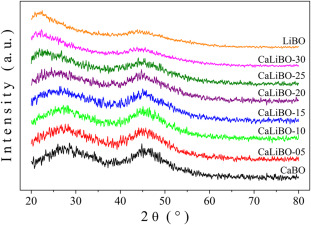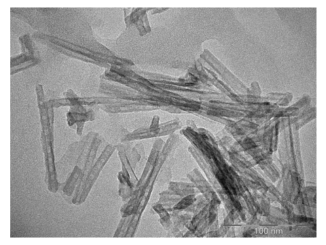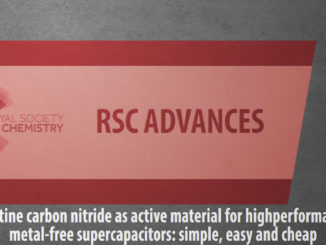
Structural and electrical characterization of glasses in the Li2O-CaO-B2O3 system
Abstract: Glasses in the ternary xLi2O + (33-x)CaO + 67B2O3 tetraborate system, with x = 0, 5, 10, 15, 20, 25, 30 and 33 mol%, were prepared by melting and casting. The glass structure, and thermal, and electrical response of highly transparent and homogeneous glasses were evaluated by X-Ray Diffraction (XRD), Differential Thermal Analysis (DTA), Fourier Transform Infrared Spectroscopy (FTIR) and Impedance Spectroscopy (IS). The glass transition temperature (Tg) decreases as CaO is substituted by Li2O (increasing x), while the thermal stability against crystallization to the supercooled liquid in the region Tg < T < Tl, where Tl is the liquidus temperature, increases up to x = 20, according to ΔT ≡ (Toc – Tg), where Toc is the onset temperature of the first exotherm crystallization, and also considering the Hubrÿ’s (KH), and Weinberg’s (KW) thermal parameters. The short range order (SRO) structural change in this glass series is governed by the isomerization reaction BØ2O− ⇔ BØ4−, also designated as B2 ⇔ B4, where the superscript defines the number of bridging oxygens (BOs) on the SRO structural units. Li2O substituting CaO in this tetraborate glass compositional series favors the formation of tetrahedral boron, B4 SRO units, isomerization reaction for compositions up to 10 mol%. For glasses at higher lithium oxide contents, the reaction in the opposite direction is favored towards the formation of the metaborate B2 SRO units. A dramatic increase in the ionic conductivity at 300 °C of more than 10 orders of magnitude was observed across this same compositional series. This dramatic increase is related to the higher mobility of the Li+ ions, which has a smaller ionic radius, 0.59 Å (four-fold coordination) and a single ionic charge compared the significantly larger, 1.00 Å (six-fold coordination) and divalently charged Ca2+ ions in the glassy structure arrangement.
Author(s): Pimentel, N. B.; Mastelaro, V. R.; M’Peko, J. C.; et al.
Journal of Non-Crystalline Solids
Volume: 499 Pages: 272-277 Published: 2018
DOI: https://doi.org/10.1016/j.jnoncrysol.2018.07.024
PDF: Structural and electrical characterization of glasses in the Li2O-CaO-B2O3 system




